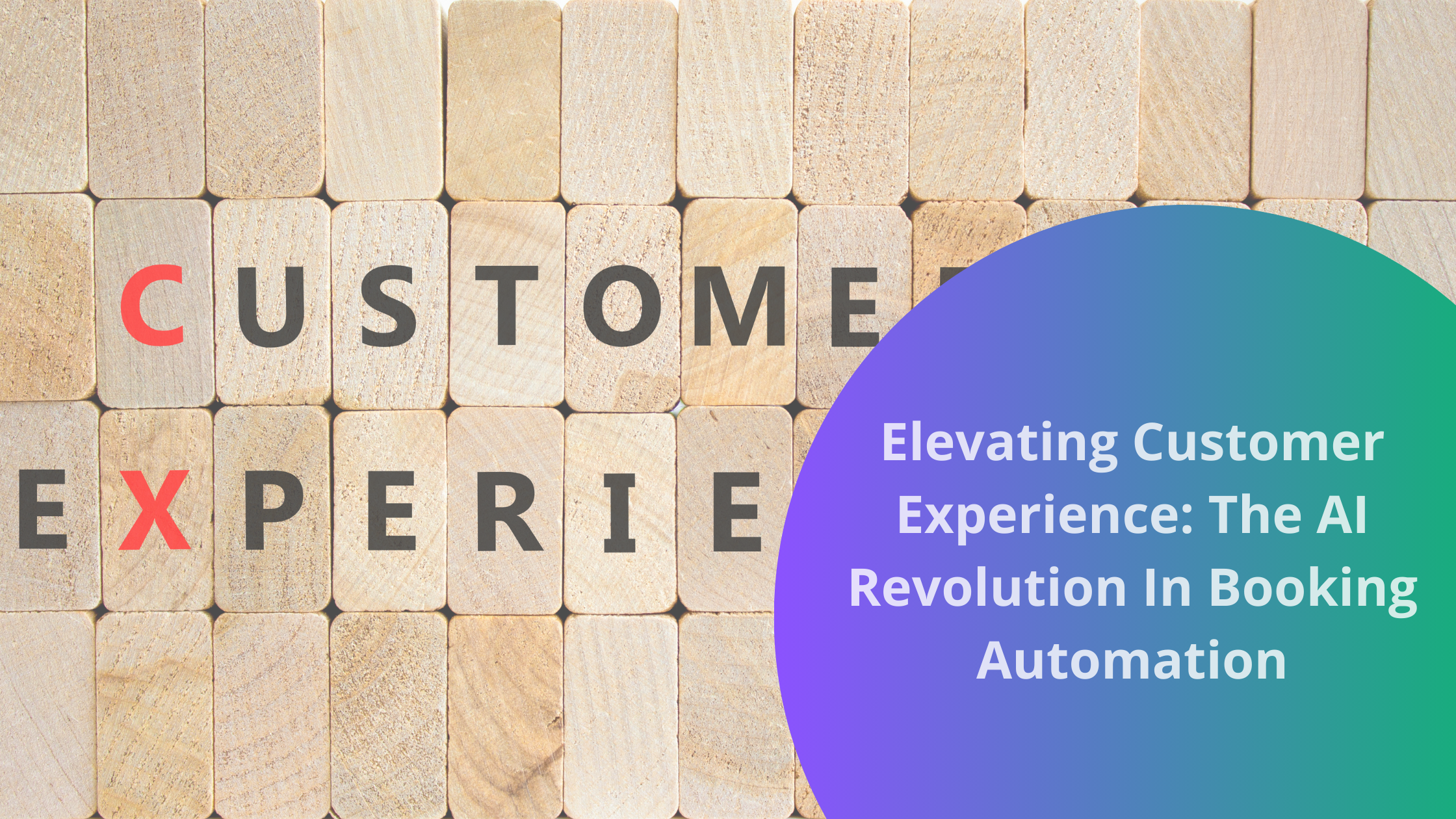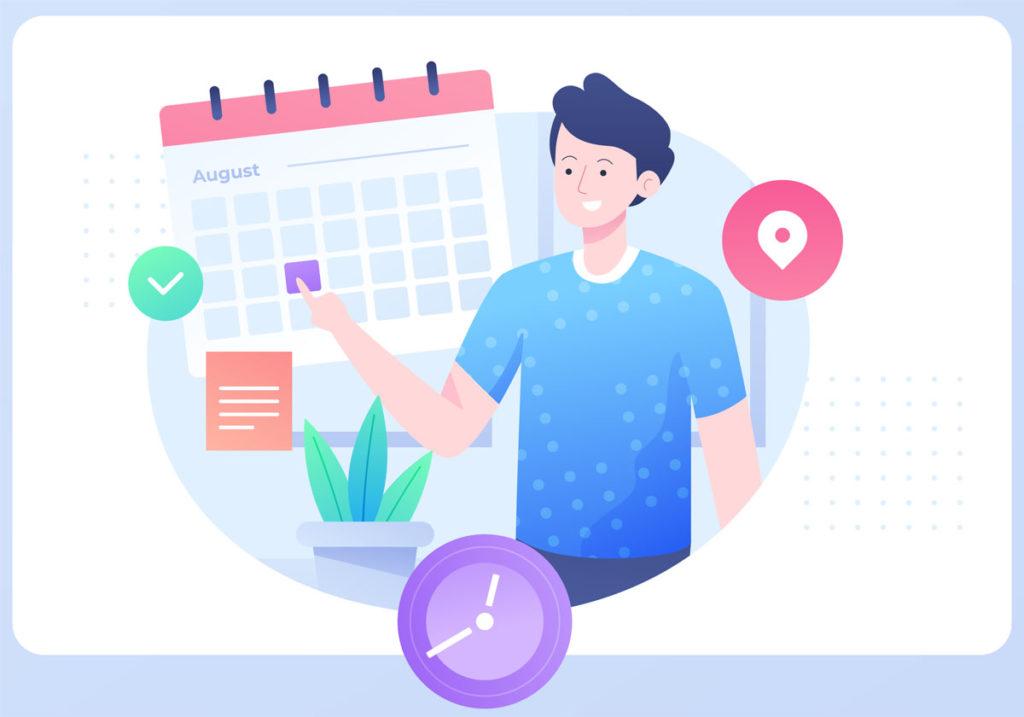Email marketing needs no introduction. It’s the glue that holds everything from eCommerce brands to blogs together. The challenge is that most people are only taking advantage of a small portion of what email marketing has to offer.
Gone are the days when you can send a broadcast email to your list and hope for a deluge of sales. Now, email segmentation and compelling email messages are no longer optional – they’re table stakes.
In this guide, you’ll learn what email segmentation is, why it’s essential, and four ways to take advantage of it to grow your brand. Let’s dive in.
What Is Email Segmentation?
Email segmentation is the process of dividing email subscribers into smaller groups based on criteria you’ve identified as important. These criteria vary based on the business but the people who are within the same segment may respond similarly to certain messages.
The key to email segmentation is to use the right criteria based on your brand and products.
For example, you may know that your customers like blue, but if you’re selling software, that information may be irrelevant. For an eCommerce store, it may hold more value. Later in this article, we’ll focus on the different segmentation criteria you may want to consider.
Before then, let’s look at its importance.
Why Is Email Segmentation So Important?
Email segmentation has become essential for multiple reasons. One of the most important is that people are tired. We’re tired of the cold emails, we’re tired of the fake enthusiasm, and we’re tired of our inbox being filled with irrelevant messages from brands we happen to follow.
Because of this, people are less and less likely to open your messages and engage. Unless, of course, there’s something in it for them. Maybe you’re entertaining, send relevant offers, or a million other reasons. Becoming interesting or sending something they care about is easier when you segment your list.
Let’s look at four different ways to make email segmentation work for you.
4 Ways To Do Email Segmentation
I’ll only touch on four ways to segment email subscribers but keep in mind that there are many more methods. As mentioned earlier, it depends on your brand and products. Use what you’ll learn here as a starting point but experiment with different methods as well.
Segmentation Based On Purchase History
Purchase history segmentation is most effective when you’re an eCommerce brand and have a larger product catalog. If you’re unaware of what subscribers have an interest in then you’ll be sending random emails hoping something sticks.
With purchase history, they’ve voted with their actions – their wallet. You can be sure they have at least some interest in that type of product. There are multiple ways to make this work.
How much they’ve spent
Lifetime spend with your company is a great way to segment. You can identify your most loyal customers. For people who’ve spent a lot with you, reward them. Criteria you could look at may be how much above the average lifetime spend of customers they’ve achieved.
Offer them more deals because of their loyalty. Let them know you appreciate their business and they’ll be happy to continue giving it to you.
At the same time, you can look at people who’ve not spent much with you and use other methods to come back and buy from you. Consider implementing a rewards program, letting them get a first look at new drops, or anything else you come up with.
What they’ve purchased (product category)
Another effective approach is sending them more of the same. Looking at their product history lets you know what kind of product they’re interested in and may consider buying again. For example, if they bought leather boots in the past, they may be open to another pair in a different color or style.
I buy jackets from Asos. It continues to send me emails about jackets. I continue to buy.
Don’t go overboard with this method. Avoid only sending them emails relevant to what they purchased from you in the past. A rule of thumb would be that 50% of the messages you send should be from proven product categories they’ve shown interest in. The other 50% could introduce new products to them.
Time since last purchase
If it’s been a long time since a customer has purchased then it may be necessary to get them back into buying mode with a tailored reactivation sequence. A reactivation sequence, in essence, attempts to get your inactive or unengaged customers to purchase from you again or reengage with your brand in some way.
Segment Based On Behavior
Behavioral segmentation is an entire discipline on its own. In the context of email marketing, we’ll divide it into site behavior and email behavior. The next section will deal with email behavior.
For site behavior, you want to use the way they interact with your website to send relevant messages without being creepy. For example, if they visited a page for a few seconds and then exited without purchasing anything, don’t send a message with the image of the product they viewed.
That feels like an invasion of privacy.
Instead, create specific criteria that trigger messages to go out to the most engaged people. For example, if someone visits a product page 3 times for more than sixty seconds then send a message that alludes to the product they’re looking at.
You don’t want to say ‘hey, we saw you looked at our Dyson vacuums three times today. Go ahead and buy. Try saying something like ‘these are a few of the benefits of Dyson vacuums people don’t know about.’
In both cases, you’re acknowledging that you know they viewed a specific page. In the second case, you’re leading with useful information so they may not be as put off.
Segment-based Email Engagement
Going beyond website behavior, you can segment based on how they interact with the emails you send. This, combined with scoring or tagging, can help you deliver laser-targeted messages to the right people.
There are two obvious criteria that you can work with then add more as you gain experience.
Open Rates
What kind of emails are they opening? If you’re a software company that offers multiple things like an online signature tool, document creator, PDF manipulation, and file storage it may be hard to pinpoint what people want.
Use your email software to understand what they’re interested in. For example, if they open the emails related to file storage three times in a row, you may tag them as people looking for data backup solutions. If they open the content related to electronic signatures more, you may tag them as people interested in signing solutions.
Once you’ve identified their core interests, you’ll send them more messages related to them. That doesn’t mean you won’t also talk about your other products. You’ll just lean more towards what they’ve shown an interest in.
CTR
Some people have peculiar email habits. They open everything at least once and skim through it. They may be pursuing inbox zero – who knows?
I digress.
The point is, email opens may not be a true indication of interest in some situations. I open the weekly digest emails from the Wall Street Journal but I don’t interact with the emails beyond that in most cases.
For situations like this, where you have high open rates irrespective of the topic, it may be best to track what people are clicking on and segment them based on that. It shows higher engagement and helps you narrow down exactly what they’re interested in.
Discovery Survey Opt-in
The last way to make email segmentation work for you is by asking clear questions at the point of registration. The caveat here is that you can’t ask 20 questions to build a complete profile. At most, people will stomach two to three questions.
The questions need to count.
In the image above, Copyhackers wants to know whether you’re a new or returning visitor. From there, you’re shown more relevant content.
LeadFormly, asks a series of questions before it requests for you to register for a fourteen-day free trial. It takes those questions and shows you a bit of custom data to personalize your experience.
You don’t have much time to get deep so you need to know your target audience well. For example, if you know your customers for an SAT prep course tend to be parents of high school students and high school students, you could ask which category they fall into.
If it’s the parent, you’d give them different information that helps them come to a conclusion about the product. If it’s the student, you’d share similar information but present it differently. You may also consider providing talking points that help them communicate with their parents – if it’s a pricier product.
If you don’t have a clear understanding of your target market then you’ll have to do research beforehand to make this method work. If you go in blind then this strategy will yield lackluster results at best.
Run a few customer interviews with your best customers, send out a longer discovery survey to your entire customer base, or systematically collect feedback from your website. Once you get the results back, identify the types of customers you have. Take those insights and ask a simple question before the opt-in.
“Which of the following options best describes you?”
- Customer segment 1
- Customer segment 2
- Customer segment 3
- Other ___________
Stick to three or four customer segments to start. Any more and it becomes exponentially more complex to set up useful email automations.
Conclusion
This guide has introduced you to the importance and nuances of email segmentation. It’s by no means all the information you need to win at email marketing. Think of it as a solid foundation about what email segmentation is and the different ways you can use it.
Next, it’s up to you to experiment with the information you’ve learned. Test out one or two, see what kind of results you get, and tweak until it starts to yield fruits.




